11 Must-Try Waterfall Hikes in Los Angeles
All waterfall hikes in L.A. have one thing in common—unbeatable views of terrific cascades. Here are the ones to try next.
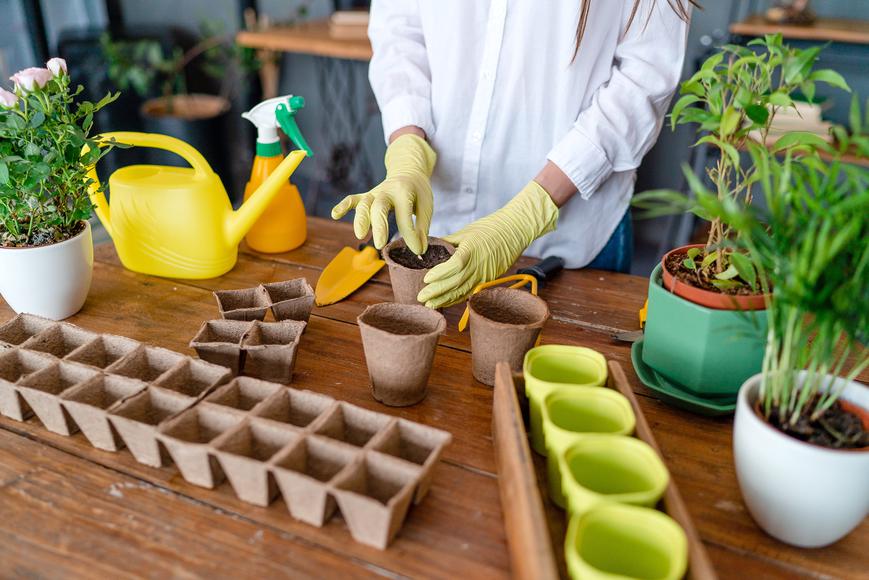
Pick up your handy gardening tools and get started—it’s time to figure out how to get the soil ready for planting.
Spring is a gardeners’ favorite season—the soil is at its best, the weather is just right, and we’re ready to get our hands dirty again and admire the kaleidoscopic colors of the season. Vibrant hues of pinks, oranges, and yellows bring out the best of spring.
While all that is very tempting to jump into, growing a healthy garden starts with the soil. Whether you’re helping out at the local community garden or just getting ahead of fall gardening, figuring out how to prep soil for planting is key.
Pick up your handy gardening tools and get started—it’s time to figure out how to get the soil ready for planting.
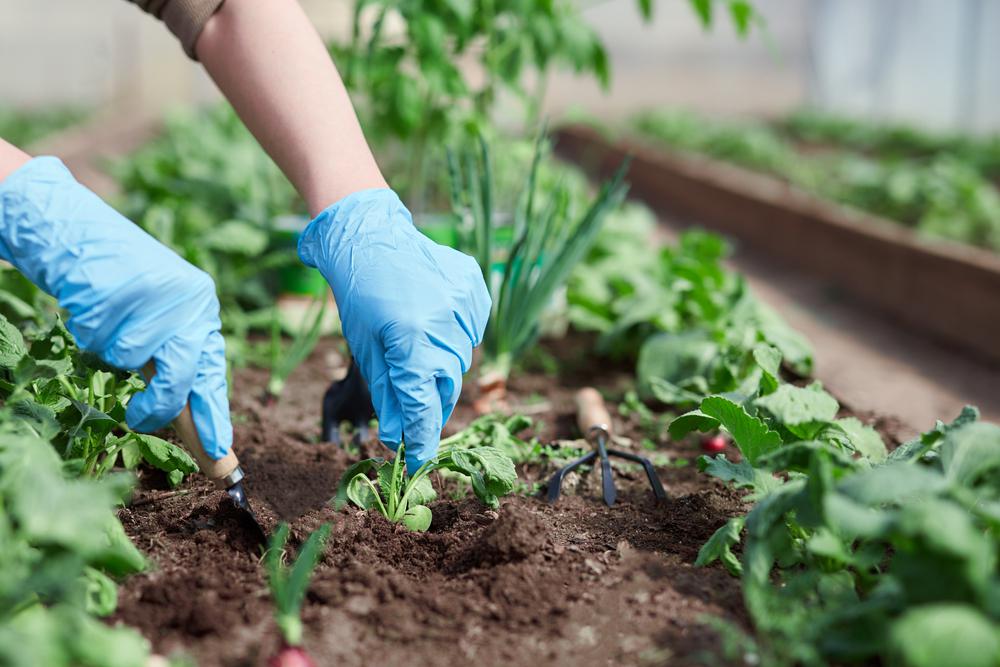
If you’re already familiar with gardening in California, then you know that you can’t start preparing the soil for planting whenever you like. The soil itself actually dictates when it’s ready (diva behavior, we know). The first step in figuring out how to prepare your garden for spring is to test its readiness. Good news: this is a fairly easy process.
Pick up a handful of soil from your garden and try to form it into a ball. If the ball easily breaks apart, the soil is dry enough to work it. But if it keeps its shape and has a moist texture to it, then it’s not ready to be worked yet.

Does your business rank among the best in California?
nominate a businessLearn more about our selection criteria and vetting process.
Planting when the soil is still wet can turn the soil sour very quickly. The soil picks up a rock-like, wet consistency that can dry like cement and crack. This compacted soil won’t allow enough air between the roots, ultimately killing your plants. You’ll also not be able to add any improvers such as compost while gardening with unready soil.
In this case, lightly rake the top layer of the soil to expose the tiny weed sprouts before they become too much of a nuisance. This dries their roots in the sun with no major disruption, so when the conditions are right for soil preparation, it’ll be hassle-free.
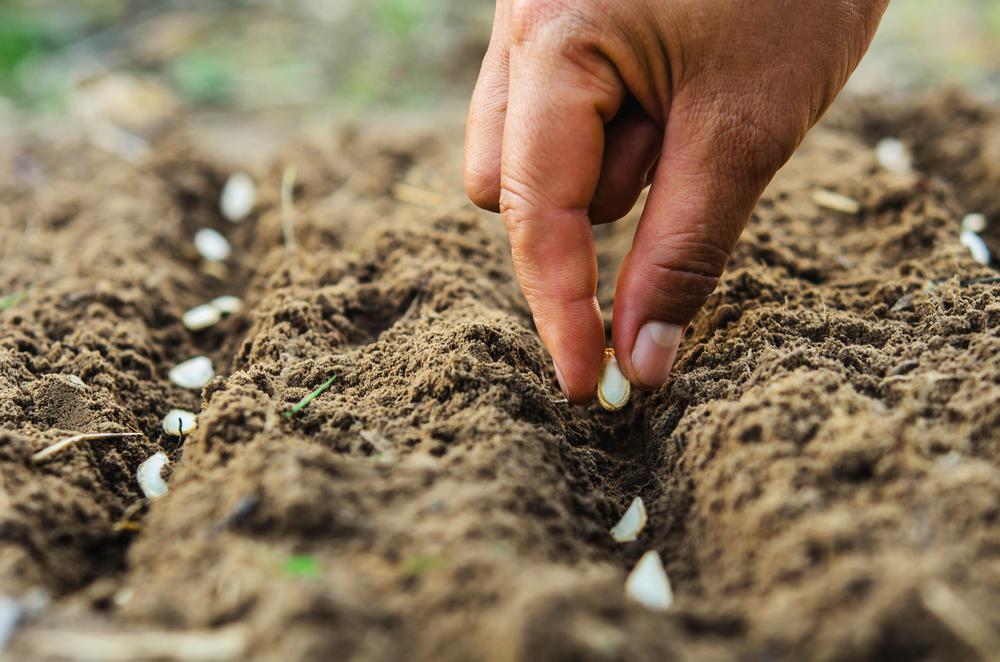
Ready to learn how to prepare your soil for a successful season? Check off these steps to succeed.
Get your shed in order:
Your hands are your best tools, but they shouldn’t be the only things you use when gardening. Before you start digging away, go over your tools. Clean what needs to be cleaned, sharpen what needs to be sharpened, and replace what needs to be replaced. You’d be surprised to see how much easier and more enjoyable it is to garden with well-prepared tools.
Use this chance to also check if you have enough amendments on hand. Plant supports, tomato cages, fertilizers—anything you might need later in the season. Doing this now is easier than having to worry about it later.

Clear out the debris:
Start by clearing your garden of any non-living materials, leaving only the bare, healthy soil exposed. Dispose of any dead organic matter by adding it to your compost pile. Be sure to remove any living weeds as well, to prevent them from competing with your new plants.
To promote the health of the plants you intend to keep, regular pruning is beneficial. However, it’s important to sterilize your pruning tools before starting. Wipe them down with a clean rag and some alcohol to prevent the spread of diseases in your garden.
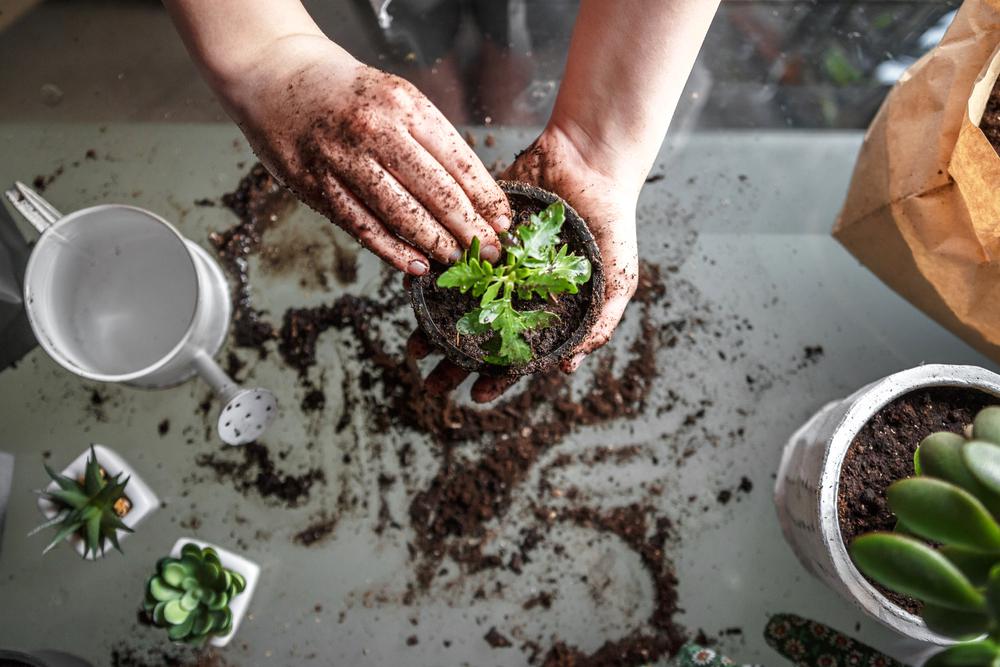
Test your soil:
Understanding how to prepare your soil for planting begins with assessing its condition. Conduct a soil test to determine the pH levels and nutrient content. This information will guide you in deciding what amendments to add. For poor or clay-heavy soils, incorporating a generous layer of compost can enhance the texture and fertility. If the soil quality is especially poor, consider replacing it entirely or opting for a raised garden bed to ensure your plants thrive.
Mulch, mulch, mulch:
Apply a thick layer (half to one inch) of mulch wherever you can. Mulch is more effective at keeping weeds at bay if you get it in place before the weeds start sprouting. This step comes after soil preparation and planting. But don’t wait too long to mulch an area or the weeds will win. This also helps your soil retain moisture and remain healthy, so you won’t have to deal with much drought landscaping later on.
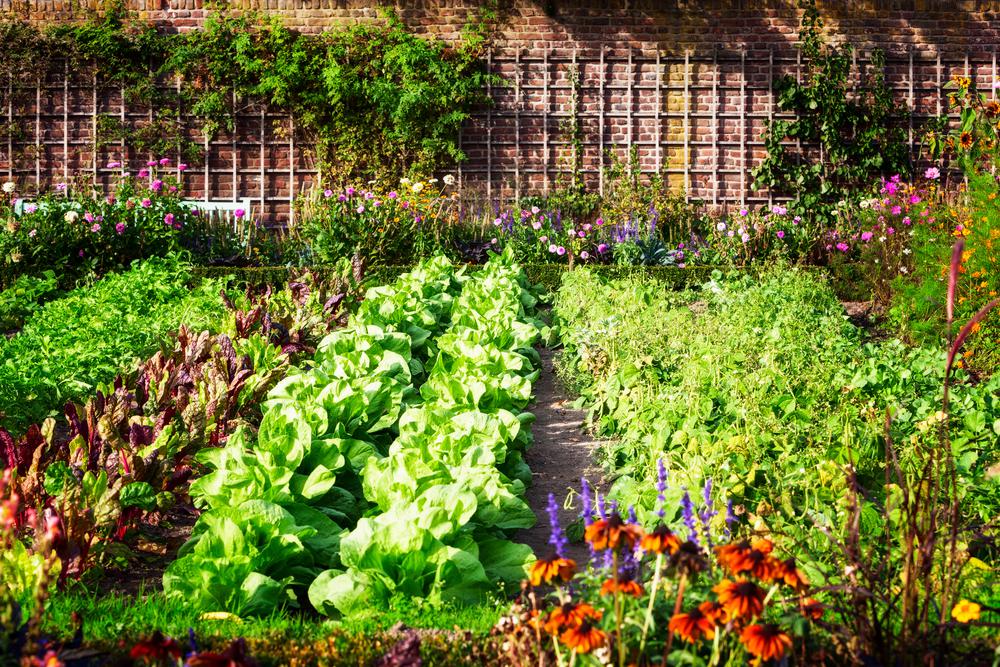
There's no better testament to healthy soil than a thriving vegetable garden. To enjoy healthy and nutritious vegetables, give your veggies the soil preparation they need.
Most crops grow well in rich, crumbly loam soil. If your soil doesn’t quite fit the bill, don’t worry—there are several ways to learn how to prep soil for a garden. You can choose the harder (yet rewarding) route by tilling and double digging. These practices break up the soil, improving aeration and drainage.
Does this sound like too much of a hassle? Avoid it all with raised-bed gardens. All you have to do is build the raised beds, figure out what you’re planting, and fill the beds with your ideal custom soil mix. Different plants have different needs. Once you know what you want to plant, use fresh seeds. With proper care, you’ll reap the benefits of your vegetable garden in the most delicious of ways.
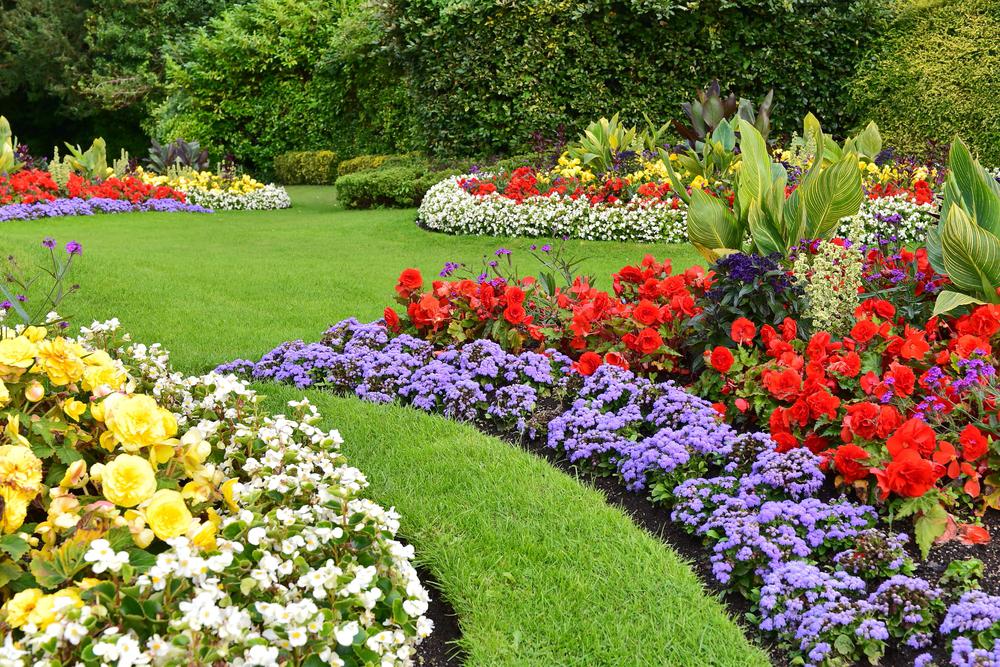
A new flower bed can completely transform your outdoor space. But before you get started, here’s how to prepare the soil for a flower bed.
Many people redo their existing flower beds seasonally and refresh the beds in spring. This means removing old perennials (which can be potted if healthy) and getting rid of all the weeds. The main purpose of preparing the soil for planting a flower bed is to improve fertility and drainage.
If you want to completely revitalize your flower bed, it’s best to redesign and perfect the layout. Determine where you’ll be placing your plants ahead of time. Sketch out a drawing of your new flower beds before making any changes to keep everything crisp and exactly the way you want it.
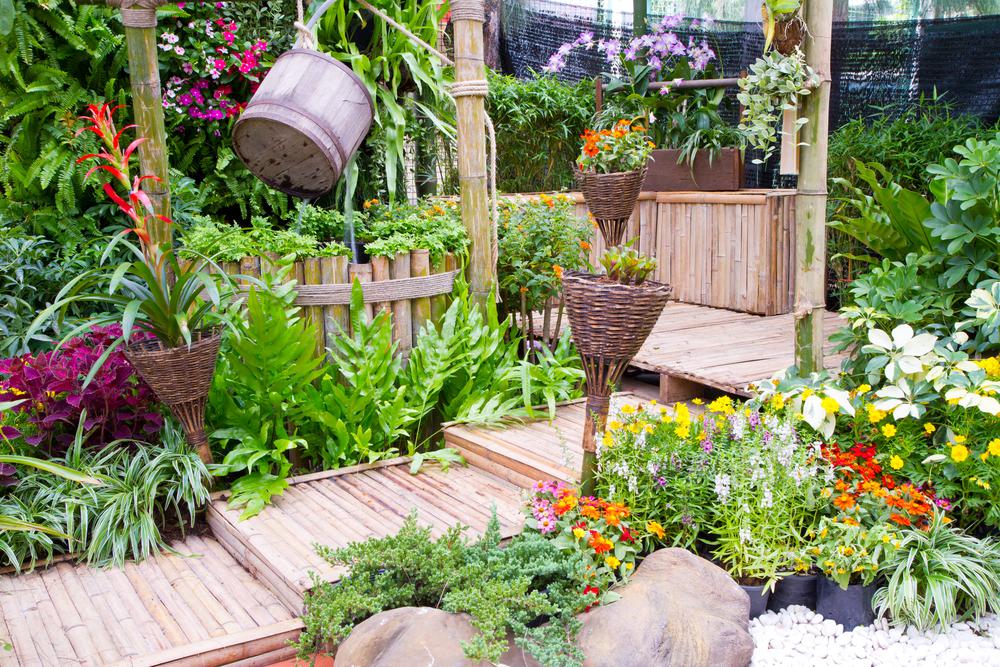
General tips to keep in mind when understanding how to prep soil for planting:



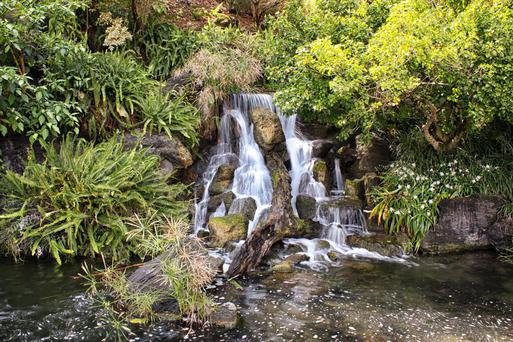
All waterfall hikes in L.A. have one thing in common—unbeatable views of terrific cascades. Here are the ones to try next.

Discover how to track and prepare for meteor showers in California for a spectacular celestial viewing experience.

Ditch the busy Spring Break crowds and check out these fantastic, underrated spring travel destinations in California.

Gaze into California's amazing sunsets with our exploration of the top sunrise spots in California.

